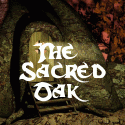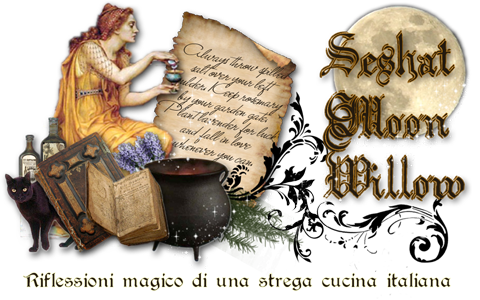A Witch’s Perspective of Halloween
Halloween is a holiday that has fallen victim to numerous misconceptions, and many people today believe it to be a night of demonic mischief, evil doing, a night full of terrible and hurtful pranks, and unholy terror.
To many children throughout the world, Halloween is a time of the year when monsters become real. The invisible, frightening things that hide in old spooky attics full of cobwebs, and even underneath the bed seem to become scarier when the shadows of Halloween begin to grow and the setting sun retreats and the night sky become ominously dark.
Halloween fears are not felt by children alone, but are even common among adults. The old saying that “only the brave—or very foolish—go out after sundown on Halloween” remains popular among many country folk in the British Isles. It is believed that walking alone through a graveyard is particularly dangerous on this night as bloodthirsty creatures of the undead are supposed to rise up from their cold and silent graves in search of human souls.
Some say that Halloween brings out the evil side of human nature in certain individuals. The number of vandalism acts committed each year on Halloween certainly seems to support this, and nearly everyone has heard horror stories about innocent neighborhood children being poisoned by tainted Halloween candy or being injured by razor blades hidden in apples. Luckily, such incidents are isolated ones, but it is sad indeed that these images have come to symbolize Halloween today just as much as the jack-o’-lantern has.
It is very unfortunate that many crime-ridden communities around the United States have been forced to put bans on trick-or-treating, and some schools, bending to the pressures of local religious groups, have eliminated Halloween parties and even decorations from their classrooms. Some people, including Conservative Jews, Fundamentalists and Evangelical Protestants and Muslims, object so strongly to Halloween that they will not even permit their children to trick-or-treat or participate in any way in the celebration of Halloween due to the holiday’s pagan roots.
But I must, most emphatically state that Halloween itself is not a holiday of evil. It is not rooted in anything of an evil nature. It does not symbolize evil, nor does it advocate evil in any shape or form. Why, then, does it appear to affect some people in a way that can only be classified as evil?
I believe the answer lies somewhere in between the negative stereotypes created and perpetuated by the media and anti-pagan propaganda, both of which feed off mankind’s basic fear of the unknown. John Carpenter’s classic slasher film, Halloween, and its numerous sequels feature a character by the name of Michael Myers, a silent but unstoppable and soulless murderer in a mask who goes on a gruesome killing spree every October 31. The underlying message that this movie and others of the Halloween-style genre convey is that Halloween is the appropriate night of the year for evil.
Each year at Halloween, many radio and television shows become a forum for an array of colorful and controversial characters such as teenage vampires, flying saucer abductees, victims of demonic possession, and so on and so forth. However, the annual Halloween media blitz does serve a positive function. It enables many contemporary witches and pagans to come out of the proverbial “broom closet,” speak publicly about their spiritual beliefs and lifestyles, and address many of the misconceptions that the general public holds about them.
stay tuned for part II



















































No comments:
Post a Comment